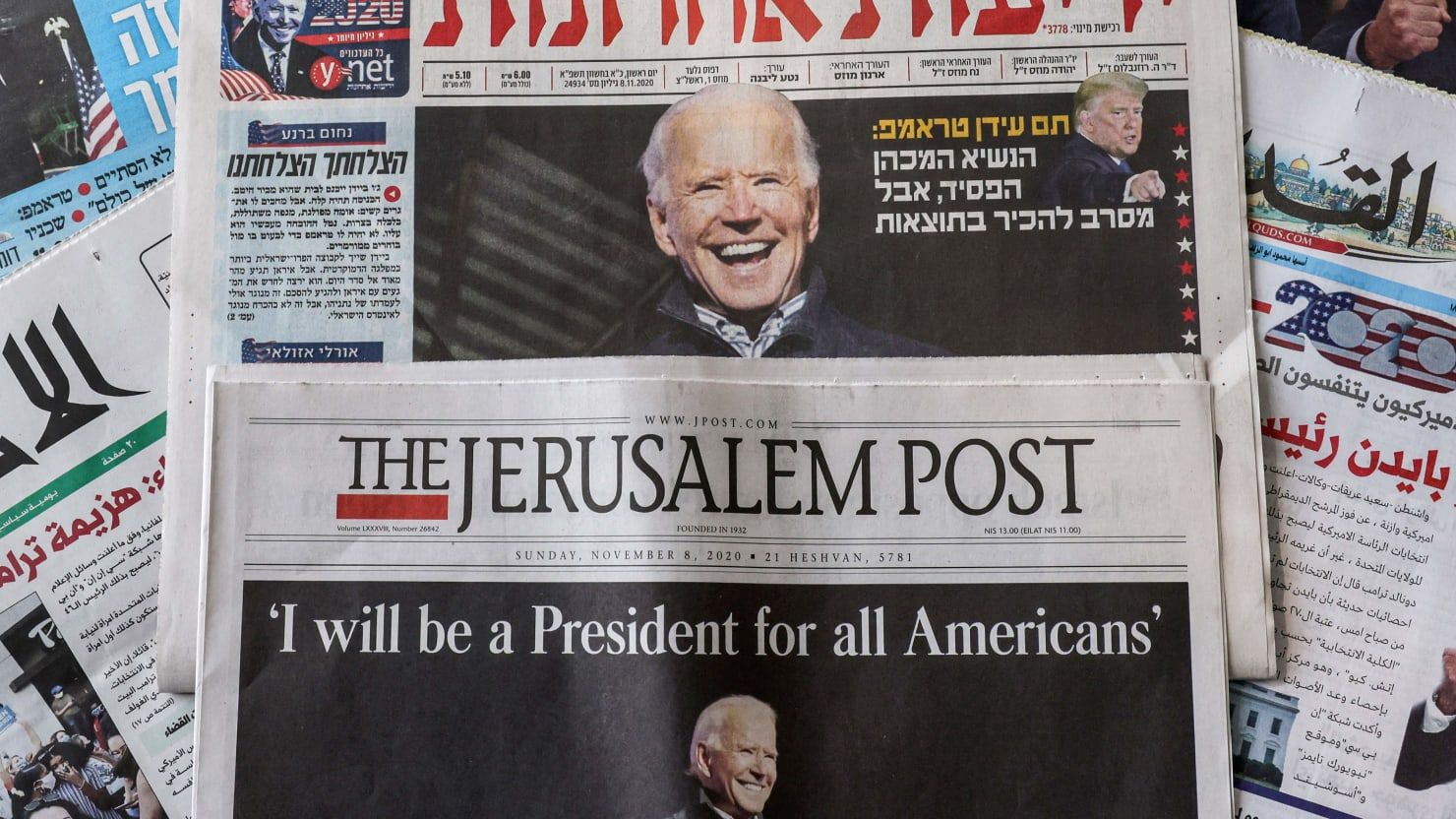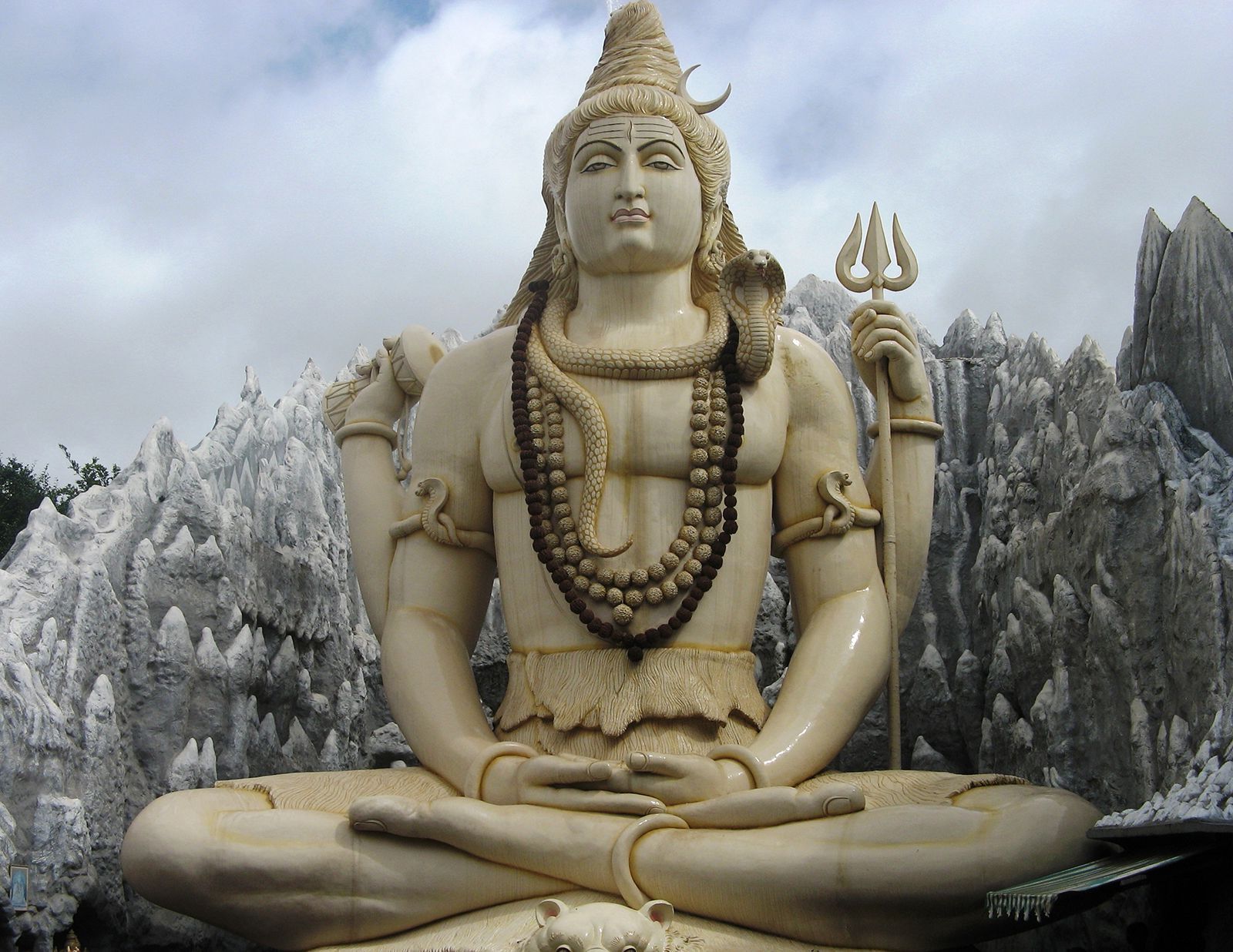
What was the Conquest of the Western Turks? The Conquest of the Western Turks was a significant military campaign led by the Tang Dynasty of China during the 7th century. This conquest aimed to subdue the Western Turkic Khaganate, a powerful nomadic confederation in Central Asia. The Tang Dynasty, under Emperor Taizong, sought to expand its influence and control over the Silk Road, ensuring the security of trade routes and consolidating power. The campaign involved strategic alliances, fierce battles, and diplomatic maneuvers, ultimately leading to the downfall of the Western Turkic Khaganate. This victory not only expanded the Tang Dynasty's territory but also strengthened its position as a dominant force in Asia.
Key Takeaways:
- The Western Turks, skilled horsemen and conquerors, shaped Central Asia's history with their swift cavalry attacks, trade facilitation, and cultural influence, leaving a lasting legacy on the region.
- Despite their decline, the Western Turks' impact on Central Asia's culture, economy, and military tactics continues to influence the region's history and the genetic makeup of modern populations.
The Rise of the Western Turks
The Western Turks, a significant force in Central Asia, played a crucial role in shaping the region's history. Their conquests and interactions with neighboring empires left a lasting impact.
- The Western Turks were part of the larger Turkic Khaganate, which split into eastern and western factions in the 6th century.
- The Western Turkic Khaganate was established around 552 AD, following the collapse of the Rouran Khaganate.
- Their territory stretched from the Caspian Sea to the Altai Mountains, covering parts of modern-day Kazakhstan, Uzbekistan, and Kyrgyzstan.
- The Western Turks were known for their skilled horsemen and formidable cavalry, which played a key role in their military successes.
- They maintained a nomadic lifestyle, relying on their herds for sustenance and trade.
Key Leaders and Figures
Leadership played a pivotal role in the Western Turks' conquests. Several key figures emerged during their reign.
- Tardu, one of the most notable leaders, ruled from 575 to 603 AD and expanded the khaganate's territory significantly.
- Sheguy, another prominent leader, reigned from 611 to 618 AD and strengthened the khaganate's political structure.
- Tong Yabghu Qaghan, ruling from 618 to 630 AD, is often considered the most powerful Western Turkic ruler, known for his diplomatic skills and military prowess.
- The Western Turks had a complex system of governance, with a khagan (ruler) at the top, supported by various tribal leaders and officials.
- Diplomacy with neighboring empires, such as the Byzantine Empire and the Sassanian Empire, was crucial for maintaining their power.
Military Strategies and Tactics
The Western Turks' military strategies were instrumental in their conquests and dominance in Central Asia.
- They utilized a combination of swift cavalry attacks and strategic alliances to defeat their enemies.
- The Western Turks often employed hit-and-run tactics, using their mobility to their advantage.
- They were known for their use of composite bows, which allowed them to shoot accurately while riding at high speeds.
- The Western Turks also built fortifications and defensive structures to protect their territories from invasions.
- Their military campaigns often involved coordinated attacks with allied tribes and groups.
Cultural and Economic Impact
The Western Turks' conquests had a significant impact on the culture and economy of Central Asia.
- They facilitated trade along the Silk Road, connecting East and West and promoting cultural exchange.
- The Western Turks adopted various cultural practices from the peoples they conquered, including elements of Persian and Byzantine culture.
- Their nomadic lifestyle influenced the development of Central Asian art, particularly in the areas of metalwork and textiles.
- The Western Turks played a role in spreading Buddhism and other religious practices throughout their territories.
- They established trade routes that allowed for the exchange of goods such as silk, spices, and precious metals.
Decline and Legacy
Despite their successes, the Western Turks eventually faced decline and fragmentation.
- Internal conflicts and power struggles weakened the khaganate, making it vulnerable to external threats.
- The Tang Dynasty of China launched several military campaigns against the Western Turks, contributing to their decline.
- By the mid-8th century, the Western Turkic Khaganate had largely disintegrated, with its territories absorbed by other empires and tribes.
- The legacy of the Western Turks can still be seen in the cultural and genetic makeup of modern Central Asian populations.
- Their influence on trade, military tactics, and cultural exchange left a lasting mark on the history of Central Asia.
Final Thoughts on the Western Turks
The Conquest of the Western Turks stands as a pivotal moment in history. It reshaped the political landscape of Central Asia, influencing trade routes and cultural exchanges. The Western Turks, known for their military prowess and strategic alliances, left a lasting legacy that still fascinates historians today.
Understanding this period helps us appreciate the complexities of ancient empires and their impact on modern borders and cultures. The rise and fall of the Western Turks remind us of the transient nature of power and the enduring influence of cultural and economic interactions.
By exploring these facts, we've gained a deeper insight into a significant chapter of history. The Western Turks' story is a testament to the dynamic and interconnected world of ancient civilizations. Keep these facts in mind next time you think about the vast and intricate history of Central Asia.
Frequently Asked Questions
Was this page helpful?
Our commitment to delivering trustworthy and engaging content is at the heart of what we do. Each fact on our site is contributed by real users like you, bringing a wealth of diverse insights and information. To ensure the highest standards of accuracy and reliability, our dedicated editors meticulously review each submission. This process guarantees that the facts we share are not only fascinating but also credible. Trust in our commitment to quality and authenticity as you explore and learn with us.


